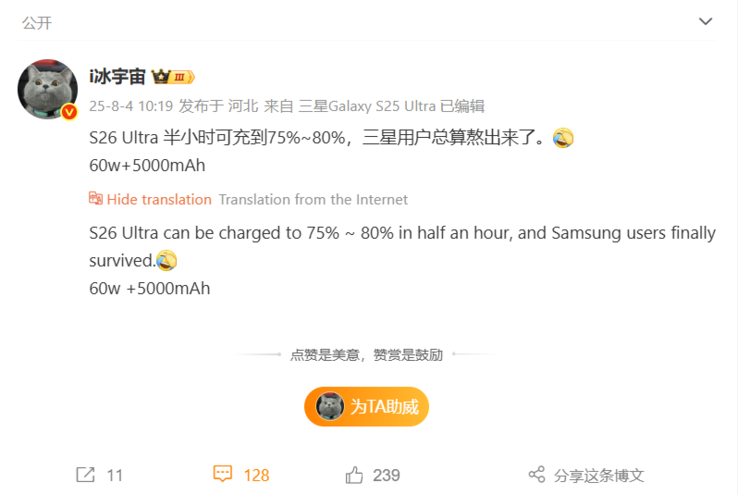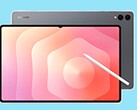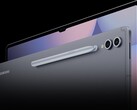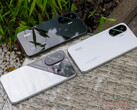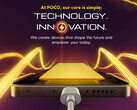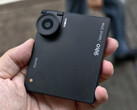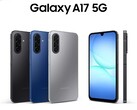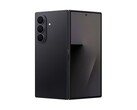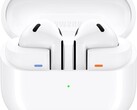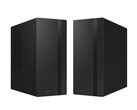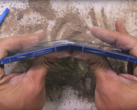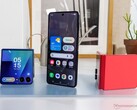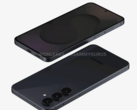It's a very small tidbit of information that well-known leaker Ice Universe shared yesterday on X (formerly Twitter). We've been expecting the successor to the Galaxy S25 Ultra to feature a faster lens for several weeks now, but now it seems to be clear just how big the upgrade is. With an F/1.4 aperture instead of F/1.7 like its predecessor, the 200-MP ISOCELL HP2 sensor can capture up to 47% more light, which not only makes for significantly brighter photos at night but also a faster shutter speed during the day and thus potentially sharper images of fast-moving objects.
Galaxy S26 Ultra leads the competition with f/1.4 aperture
If this information is correct, Samsung no longer has to fear its rivals. The Google Pixel 10 Pro, like the Pixel 9 Pro, is expected to have an f/1.7 aperture, while the iPhone 16 Pro (and likely its successor, the iPhone 17 Pro) has an even smaller aperture at f/1.8. Even camera flagships from China, which are progressive in many respects, usually feature somewhat smaller apertures. For example, the Xiaomi 15 Ultra has an f/1.6 aperture and the Vivo X200 Ultra an f/1.7 aperture. Of course, the aperture isn't solely responsible for the quality of the photos and videos, but it could solve some of the problems observed in Samsung flagships in recent years, particularly in terms of lighting and speed.
New tidbits of information: NFC and faster charging
In recent hours, further tidbits of information have emerged about the Galaxy S26 Ultra and its potential siblings, the Galaxy S26 Pro and Galaxy S26 Edge. According to Ice Universe (see Weibo post above), 60 watt fast-charging is expected to bring modest improvements to the charging time. The Galaxy S26 Ultra's 5,000 mAh battery will supposedly charge from 0 to 75 to 80% in 30 minutes. But this is still nowhere near on par with the 100-watt capabilities of certain Chinese smartphones, which are often fully charged in the same amount of time.
According to South Korean industry magazine ETNews, the entire Galaxy S26 series will also benefit from an additional NFC antenna on the top, which should be advantageous for contactless payments. Compared to Apple's iPhones, which, thanks to special patents, do not have to be positioned as precisely at the payment terminal when paying via NFC, the new NFC solution should work much better in the future.





